What is an Edible Landscape?
Hmm, what is an edible landscape? Well, it is a gardening technique where you plant cultivars in your landscape that provide you food, pretty simple concept, that makes a lot of sense. Adding shrubs that produce fruit in your landscape is practical and mouthwatering. You can beautify your landscape with a variety of berry shrubs and fill your tummy too! We hear every day about the nutritional benefits of eating berries, so why not grow a few of your own. There are several types of berries that you can grow with little effort, in your back yard, that will provide plentiful berry crops year after year. Raspberries, currants, saskatoon, and Aronia all require little care, yet produce loads of fruit that come with a multitude of health benefits. They are so versatile; you can eat them fresh, make jams, deserts, and even homemade wine. It is quite enjoyable to walk into your backyard and pick fresh berries to eat.

Tasty aronia and strawberry jam on waffles.
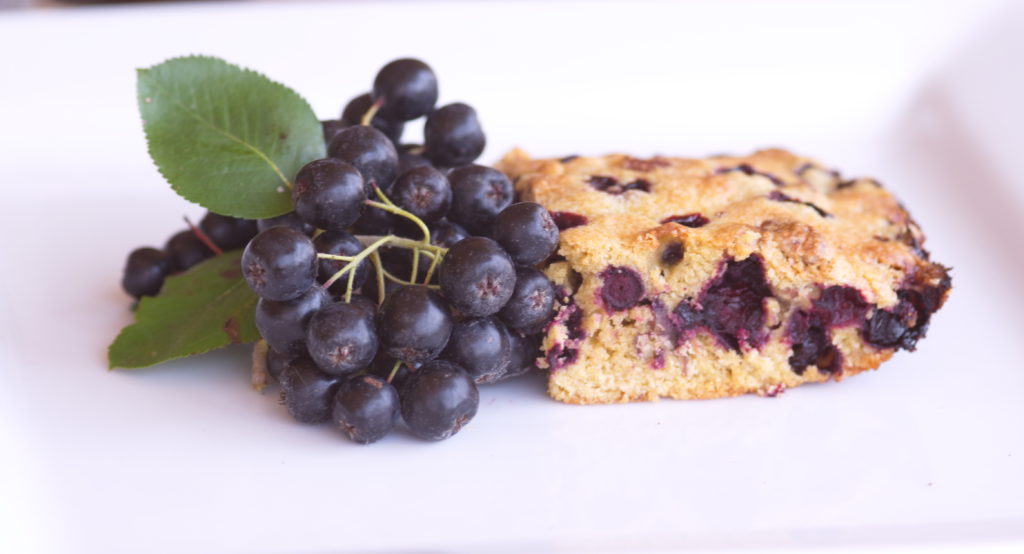
Scrumptious Aronia Bars
Plant for Season Long Eating
When you plant a variety of berry cultivars in your landscape, you can have fresh from early summer to late fall, if you have an overabundance, no worries, the surplus can be sold at farmers markets. Today people are well aware of the health benefits of eating berries, and these juicy little nutrient powerhouses are sought after at farmers markets. Fresh berries bring premium prices, and with their short time to fruit-bearing age, you won’t be waiting years, to have your first crop. Most berries produce fruit the second year after planting them, with full fruit production in 3-5 years. If you have limited growing space, consider the fact that many types of berry shrubs do not need a lot of growing space to be productive, be sure to check your plant tag for its potential size.
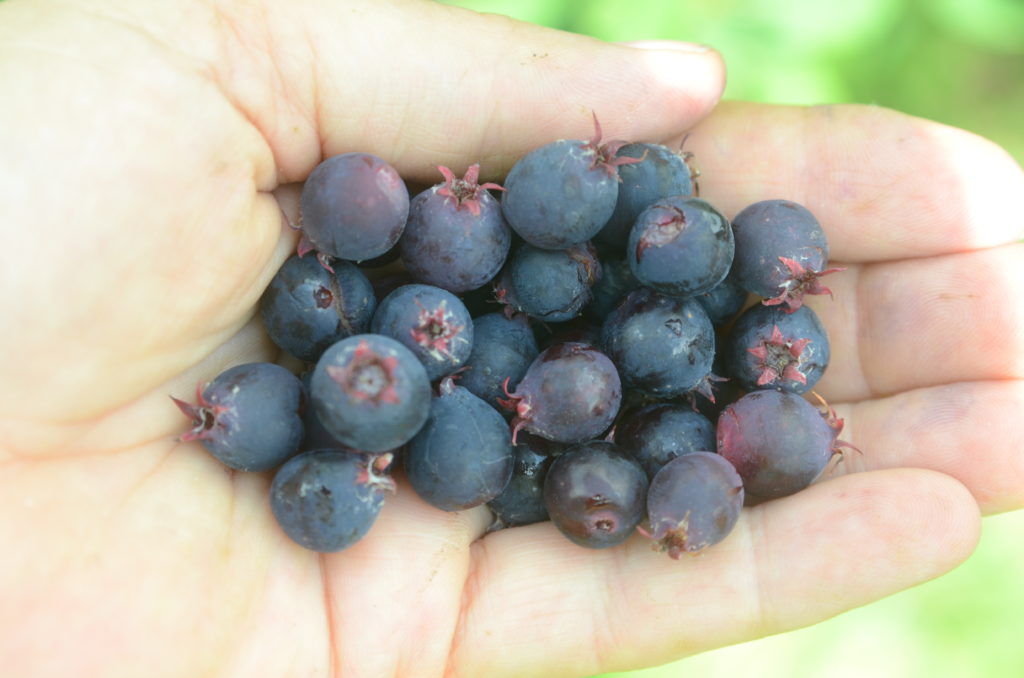
Yummy Saskatoon Berries
Types of Berry Cultivars
Aronia a unique berry with fantastic health benefits that are native to North America. Super easy to grow, very carefree, merely plant them and mulch them to keep weeds down, and wait for them to grow. They usually start producing fruit in their second year of growth. Aronia shrubs are cold hardy, drought, disease and insect resistant, and birds rarely eat them. They reach full maturity in 4 to 5 years, producing 10-25 pounds of fruit per shrub. Aronia has 33% more antitoxins than blueberries. Studies done with Aronia show promising results in fighting cancer and cardiovascular diseases. In the market place, frozen berries will fetch up to $10 a pound. Fresh eating Aronia berry is not as palatable as a blueberry, but they are excellent when paired with other fruits in juices, smoothies, and jams. They ripen mid to late August.
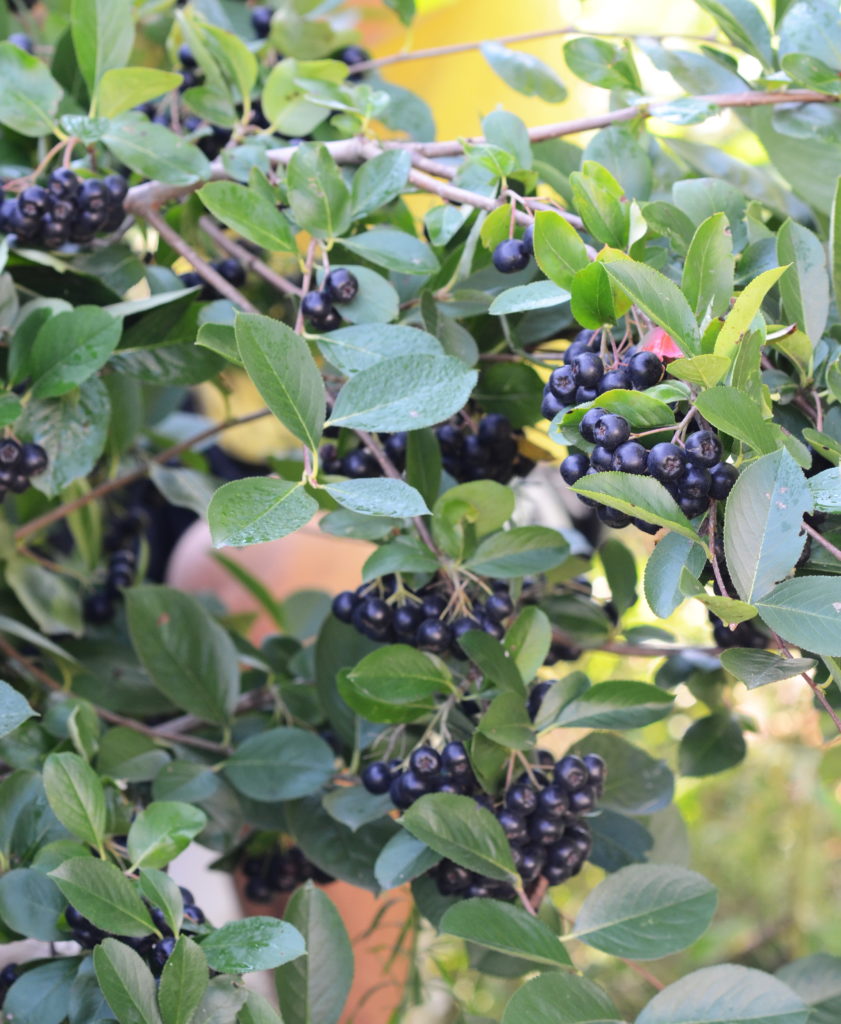
Aronia Berries are full of Antioxitants 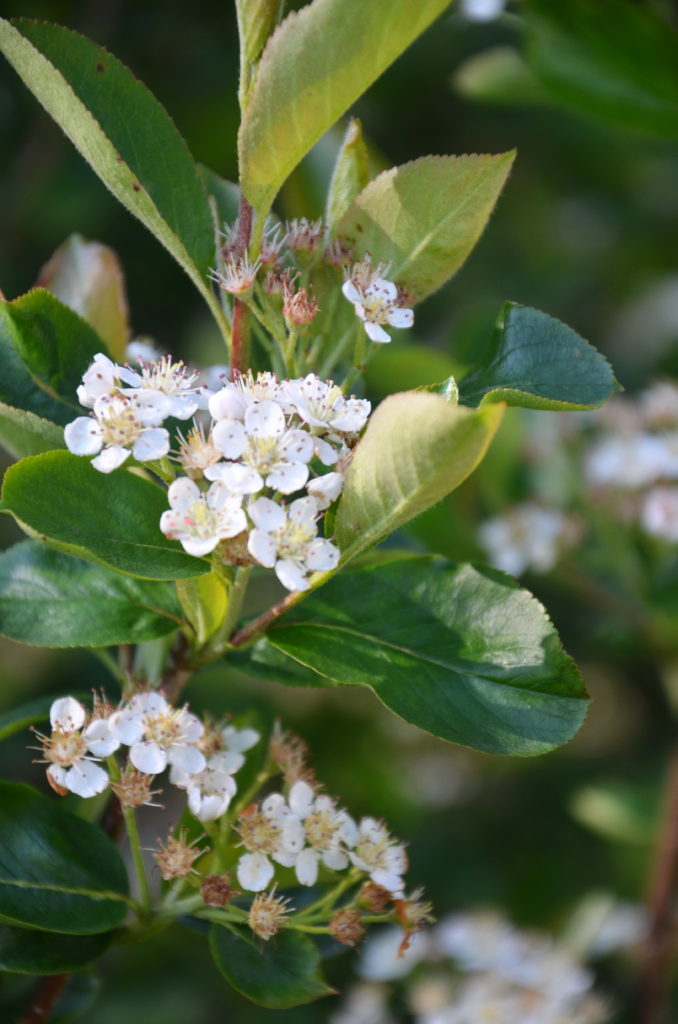
Aronia with Delicate Spring Flowers
Currants are another excellent berry choice that can grow carefree; they are winter hardy, disease, and insect resistant. They produce loads of small berries that grow in colors of black, white, and red. The red is probably the best to eat fresh, depending on personal preference, however currants are best suited for use in juices, jams, smoothies and they pair well in other berry recipes. They will start producing fruit in their second year, ripening in early summer. They make a lovely shrub in the landscape growing 3’x 3′, with excellent fall color.

Red Currents make flavorful jams
Saskatoon or also known as serviceberry, or Juneberry, and is a tasty favorite. They are extremely easy to grow; you simply keep the weeds down with mulch, and they grow carefree. They produce fruit similar in taste and size to a blueberry, and they do not need the soil to be acidic, which is a real plus for those of you that live in the Midwest and have tried to grow blueberries, which requires an acidic soil to do well. Saskatoons are cold hardy, disease, and insect resistant. You should keep a net handy to cover them if necessary, birds love them, and they will eat every last berry in just a day or two.

Saskootoon is a plentiful bearer of tasty blueberry like fruit.
Red and Black Raspberries are easy to grow, they spread by growing new plants every year, you can let them spread or mow them off accordingly, to keep the patch at a desired size. Their two types of raspberries, those that produce fruit one time per season, which is usually early summer and the other type which provides two crops per year, one early summer and one early fall. You can grow varieties of raspberries come with thorns and those that have no thorns. They are cold hardy, disease-resistant d for the most t insect resistant. They will produce some fruit in their first year of growth and produce more and more every year after. They are delightful to eat fresh and freeze with ease. Freeze them by first rinsing them with water, then placing in freezer bags to store in the freezer. They are excellent to toss into smoothies and make delicious jams and juice.
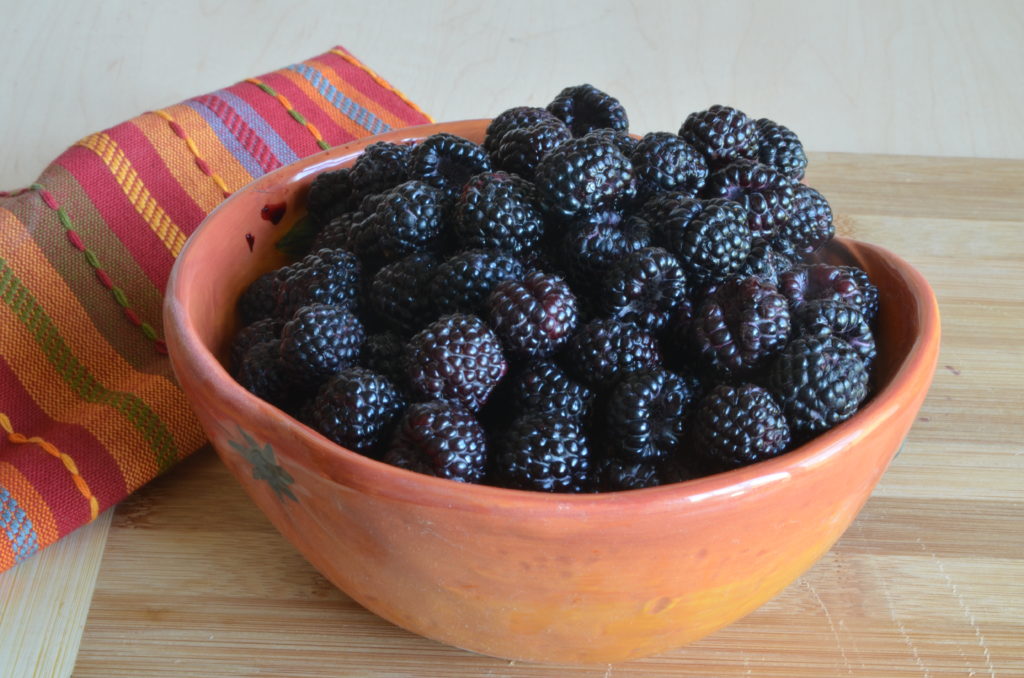
Wonderful Black Rasberries
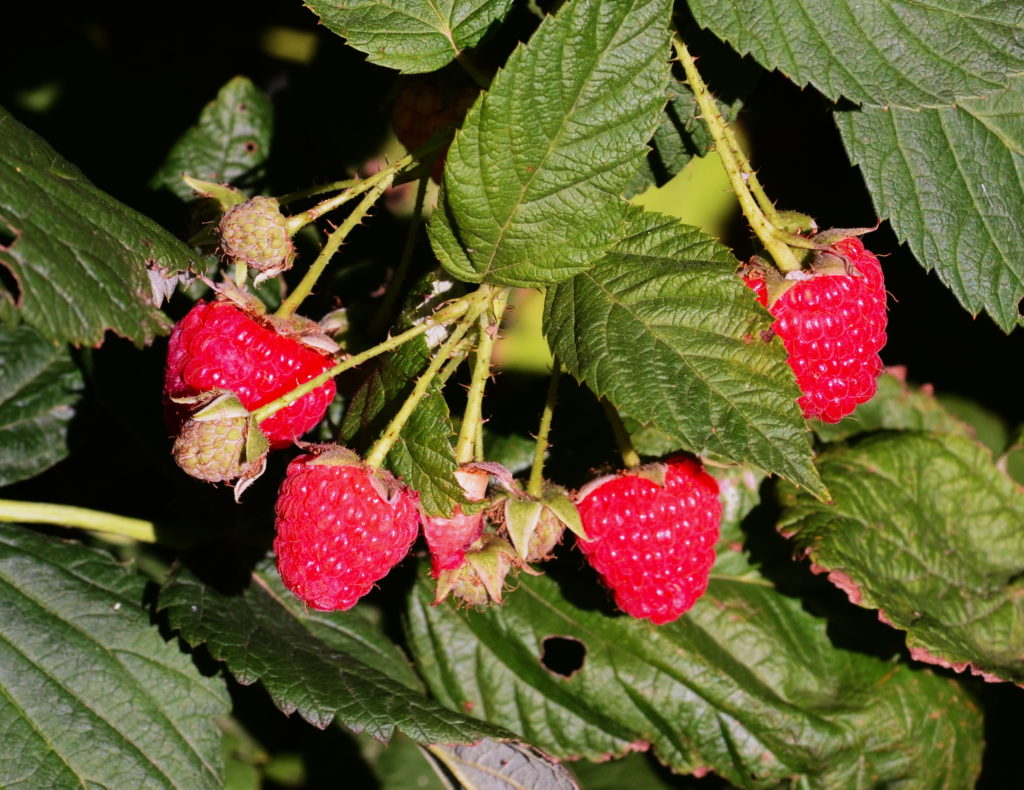
Red Rasberries “Heritage” produces two crops a year
Benefits of Growing Berries in your Landscape
Start growing a variety berries in your landscape and reap the benefits of adding beauty to your landscape, while providing the dinner table with fresh fruit that is good for you. Growing berries in the landscape will save money on your grocery bill and allow you to make money with surplus berries sold at farmers markets. Also, you can make some unique baked goods with your homegrown berries, that aren’t available in your local grocery store.
To hear more from Valerie Boese on cooking, keeping chickens, and gardening ideas follow these links:
Slice of Taste Pinterest FaceBook Grit Twitter Tarbox Hollow Poultry
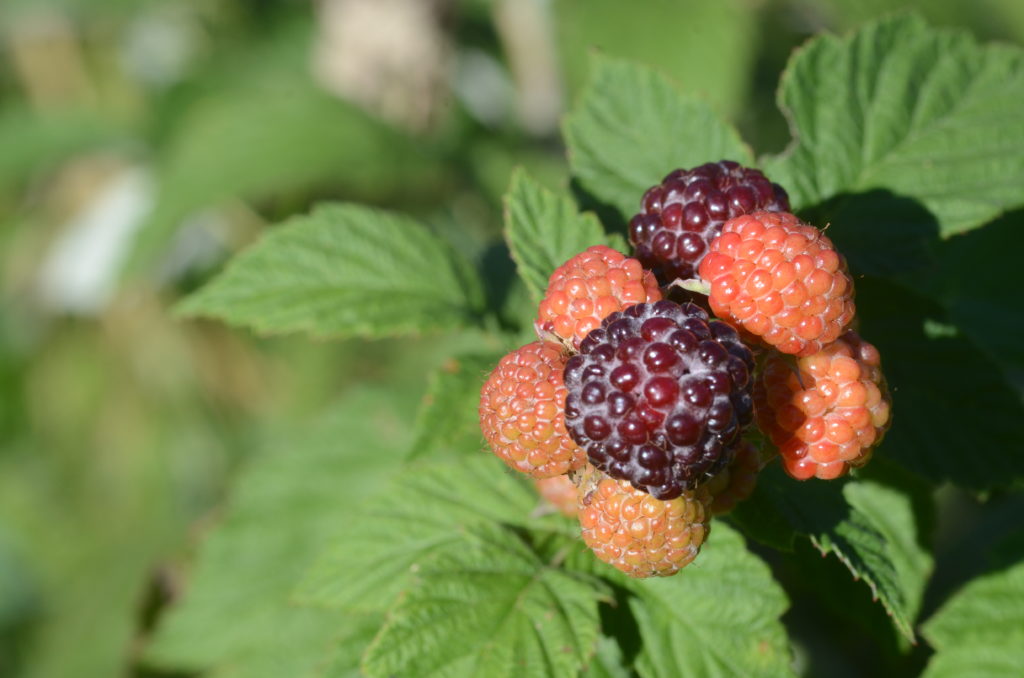

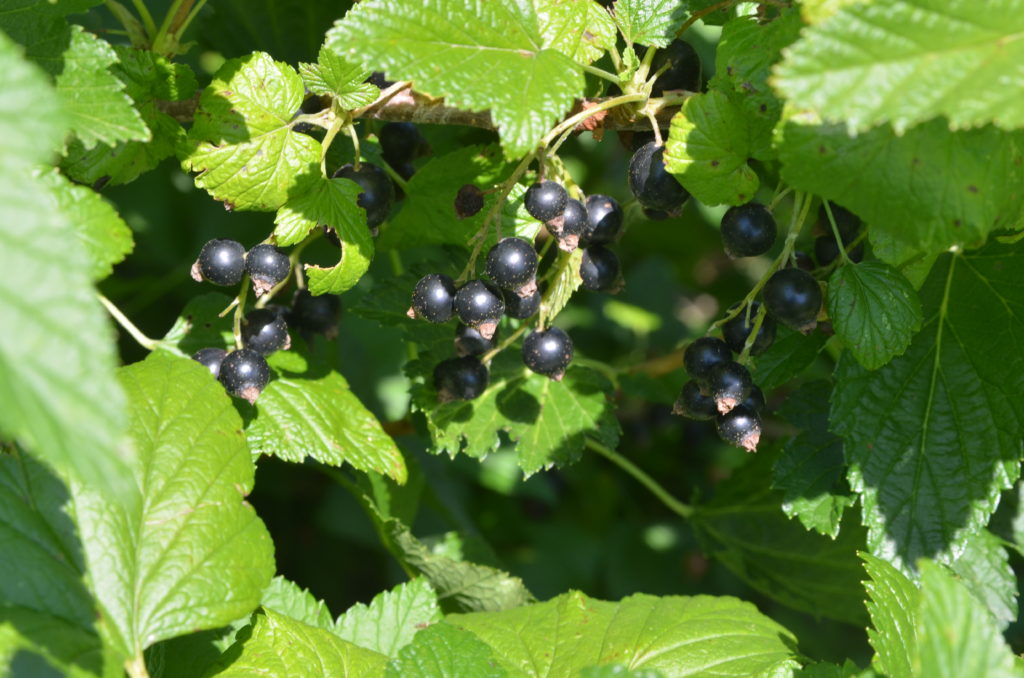











3 Comments
I think you meant aronia has 33% more antioxidants, not antitoxins.
In your article
Grow an Edible Landscape
By Valerie Boese on September 9, 2019
she says to rinse raspberries and put in freezer bag to store in freezer. If you do this you will have a solid block of raspberry ice. They should placed one at a time on a baking sheet and then placed in freezer. Then after frozen you put them in freezer bags. When you go to use them they will be individually frozen, not a block of ice.
In regard to Aronia, we have 6 bushes on our landscape that produce quite nicely. However, birds will strip the bushes of unripe berries and have done so ever since the bushes started producing. I have covered the bushes with netting, iridescent ribbon in the branches, covered berries with cheesecloth, and hung CD’s in branches. These things will deter birds, but the birds get over half the berries.
It is true that the bushes are hardy and bugs rarely bother the berries. But, birds are trying.